The Ultimate Guide to Choosing the Right Cable Stair Railing for Your Home Decor
Choosing the right cable stair railing is a critical aspect of home decor that combines both aesthetics and safety. According to a recent industry report by Grand View Research, the global market for stair railings is projected to reach $1.48 billion by 2025, reflecting a growing trend towards modern and functional designs.
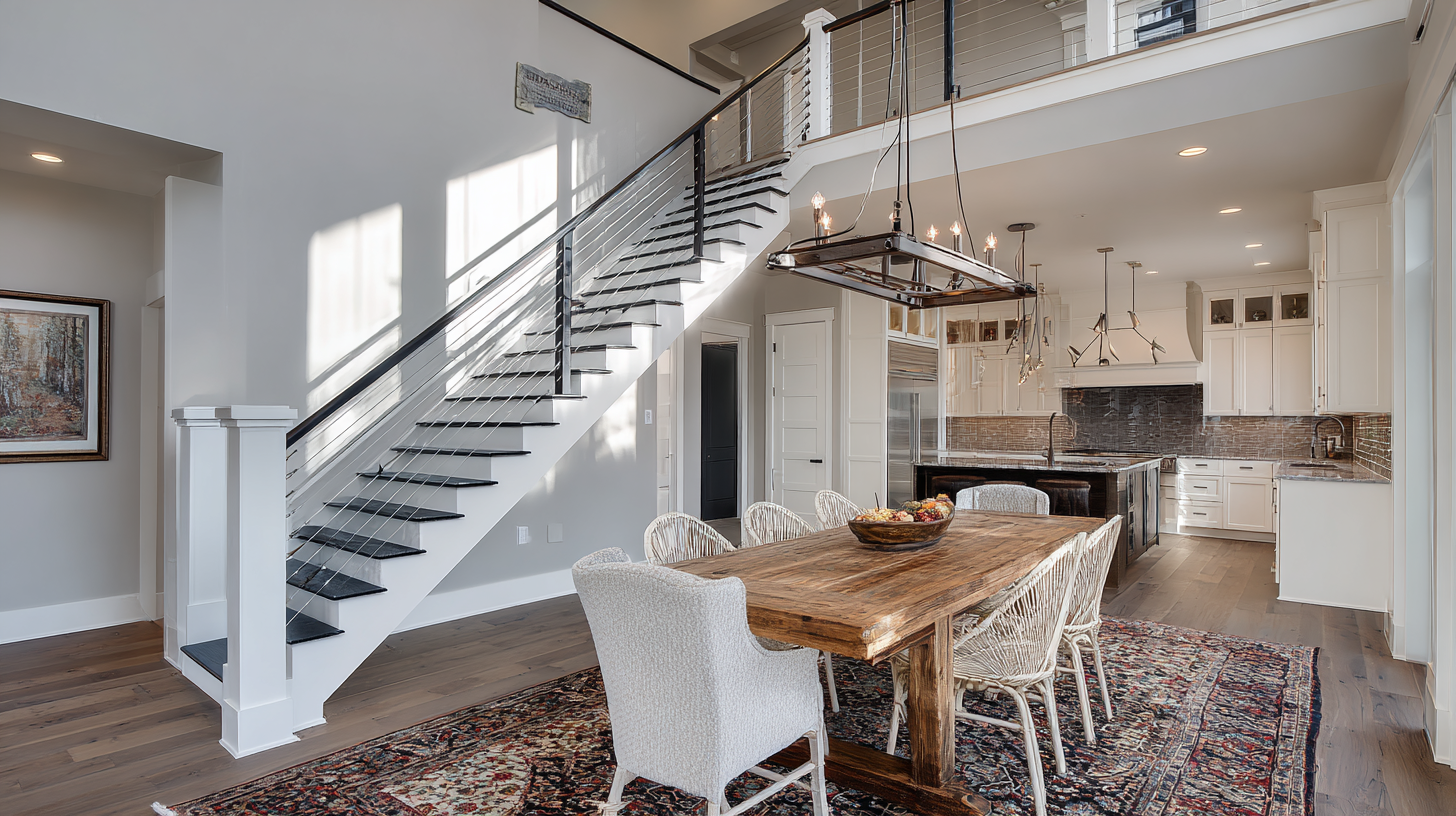 Cable stair railings are particularly favored for their sleek look and ability to create an open ambiance while providing essential support and security. With various materials, styles, and finishes available, selecting the perfect cable stair railing can significantly enhance your home's interior design, allowing homeowners to personalize their space while adhering to safety standards.
This guide will take you through essential factors to consider, ensuring that your choice not only complements your decor but also meets your functional needs.
Cable stair railings are particularly favored for their sleek look and ability to create an open ambiance while providing essential support and security. With various materials, styles, and finishes available, selecting the perfect cable stair railing can significantly enhance your home's interior design, allowing homeowners to personalize their space while adhering to safety standards.
This guide will take you through essential factors to consider, ensuring that your choice not only complements your decor but also meets your functional needs.
Understanding Different Types of Cable Stair Railings for Home Designs
When selecting the ideal cable stair railing for your home, it's crucial to understand the various types available and how they can complement your home design. According to a report from the National Association of Home Builders, open-concept floor plans that incorporate such features have seen a 15% increase in popularity over the past five years. Cable railings provide a sleek and modern appearance, which can enhance the visual flow and create an airy ambiance in spaces that prioritize natural light.
There are mainly three types of cable stair railings: Straight, Curve, and Custom Configurations. Straight cable railings are the most common and offer simplicity and ease of installation, catering to traditional and contemporary designs alike. Curved railings, on the other hand, allow for more creative expressions, perfect for showcasing unique architectural features. Lastly, custom cable railings enable homeowners to tailor their designs to fit specific aesthetics or functional needs. A recent industry analysis highlighted that custom options can increase property value by up to 12%, making them a worthwhile consideration for both comfort and investment. Understanding these options can significantly enhance your home’s overall style while ensuring safety and functionality.
Evaluating Material Options for Cable Stair Railings: Pros and Cons
When selecting cable stair railings for your home, it’s essential to evaluate the material options available. Common materials include stainless steel, aluminum, and wood.
Stainless steel is often favored for its durability and modern aesthetic, providing a sleek finish that can withstand harsh weather conditions. However, it can be more expensive than other options and may require occasional polishing to maintain its shine.
Aluminum is a lightweight alternative that offers an excellent balance between cost and performance. It’s resistant to rust and doesn’t require as much maintenance as stainless steel. Nevertheless, its lightweight nature may not provide the same substantial feel as heavier materials, which might be a consideration for homeowners seeking a more robust appearance.
When choosing your cable railings, consider the overall vibe of your decor. If you want a warm, natural look, wood might be your best bet. It adds a classic charm but typically demands more upkeep.
To ensure you make the right choice, think about durability, maintenance, and how well each material complements your existing decor. Remember to visualize how each option will fit into your space before making a final decision. This thoughtful approach will set the stage for a stylish yet functional stair railing system.
Choosing the Right Cable Thickness for Safety and Aesthetics
When selecting cable stair railings for your home, choosing the right cable thickness is crucial for both safety and aesthetics. Thicker cables often provide increased strength and durability, making them a safer option, especially in households with children or pets. A 1/8 inch cable typically meets building codes and offers a robust option that can withstand considerable tension and wear over time. However, considering a thicker cable, such as a 3/16 inch, may enhance security without compromising the sleek look that cable railings are known for.
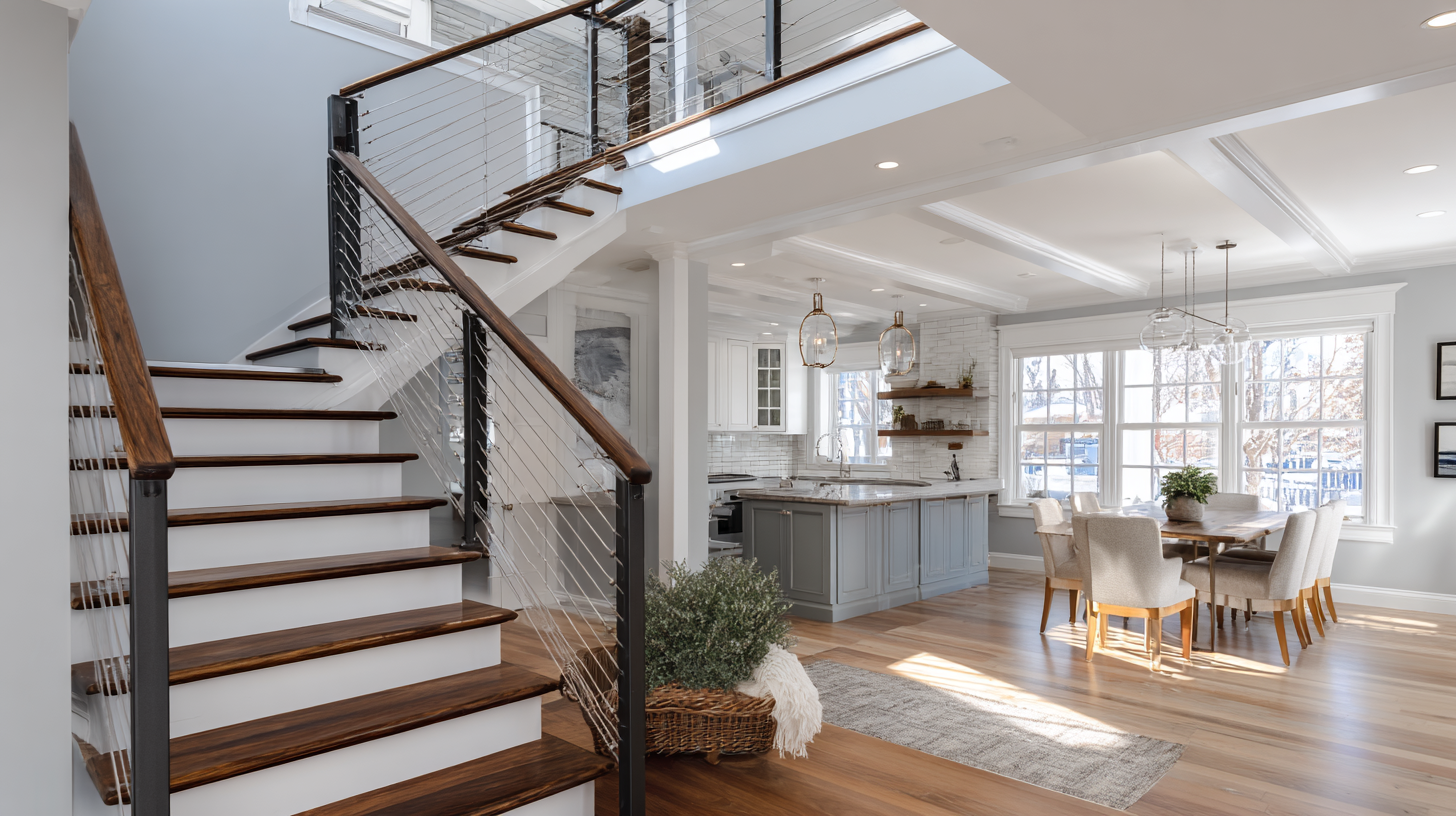
On the aesthetic side, the cable thickness can significantly influence the overall visual appeal of your railing system. Thinner cables create a more open and airy feel, allowing for unobstructed views and a minimalist design. This choice can be particularly beneficial in smaller spaces where a bulky appearance could overwhelm the area. Conversely, a thicker cable may provide a more substantial look, suitable for modern or industrial-themed interiors. Ultimately, balancing these considerations will ensure your cable stair railing not only meets safety standards but also complements your home's decor beautifully.
Design Styles: Modern, Rustic, and Contemporary Cable Stair Railing Options
When selecting cable stair railings for your home decor, consider how different design styles can enhance your space. Modern cable railings offer a sleek and minimalistic look, perfect for contemporary homes that embrace open spaces and natural light. These railings typically use stainless steel cables and posts that provide a clean aesthetic while maintaining safety and visibility. This style works well with glass accents and can be paired with various materials like wood or metal to create a cohesive look throughout your home.
On the other hand, rustic cable railings introduce a warm, inviting feel that complements natural materials and earthy tones. They often feature wooden elements combined with metal cables, making them ideal for homes with a cabin-like charm or those situated in more rural, natural settings. This blend not only enhances the visual appeal but also adds a layer of authenticity and comfort to your home decor. Whether you lean towards modern or rustic styles, choosing the right cable stair railing can elevate the overall ambiance and functionality of your space.
Installation Considerations for Cable Stair Railings in Your Home
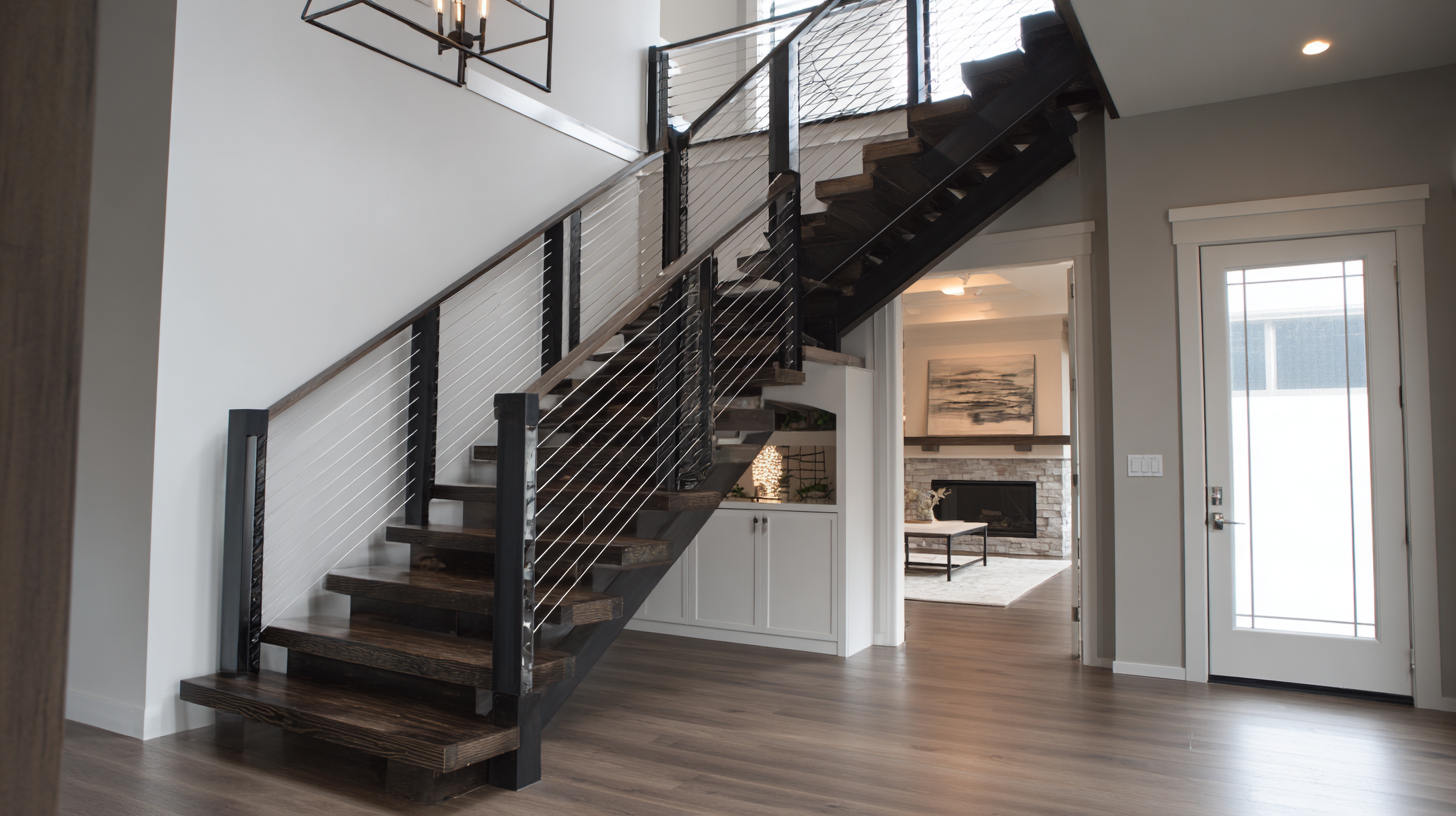 When considering the installation of cable stair railings in your home, it's essential to take several factors into account for both functionality and aesthetics. First, assess the design and style of your staircase. Cable railings complement a range of architectural styles, from modern to traditional. Choosing a design that harmonizes with your overall decor can elevate the look of your space. Furthermore, consider the height and distance of the cables; they must meet safety standards while providing unobstructed views.
When considering the installation of cable stair railings in your home, it's essential to take several factors into account for both functionality and aesthetics. First, assess the design and style of your staircase. Cable railings complement a range of architectural styles, from modern to traditional. Choosing a design that harmonizes with your overall decor can elevate the look of your space. Furthermore, consider the height and distance of the cables; they must meet safety standards while providing unobstructed views.
Another critical consideration is the material and finish of the cable system. Options may vary, including stainless steel cables, which are popular for their durability and sleek appearance. The posts can be made from wood or metal, and selecting an appropriate finish will contribute to the cohesiveness of your home’s aesthetic. Additionally, installation techniques matter—ensuring that the cables are taut and securely fastened will prevent any future issues and maintains a polished look, enhancing the overall design of your interior.
Related Posts
-

Exploring Cable Railing Innovations at the 138th Canton Fair 2025 in China
-
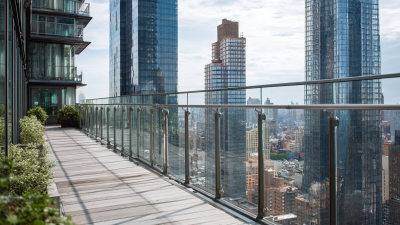
Revolutionizing Safety: The Impact of Cable Handrail Systems on Modern Architecture
-
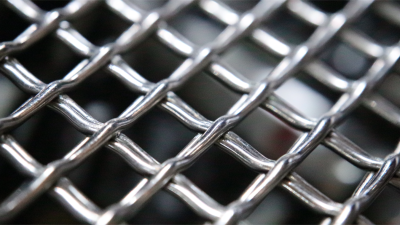
Exploring Stainless Steel Mesh Innovations at the 138th Canton Fair 2025: Industry Trends and Insights
-

Exploring Cable Fence Innovations at the 138th China Import and Export Fair 2025
-

Exploring Growth Opportunities for Stainless Steel Cable Railing Systems at the 138th Canton Fair 2025